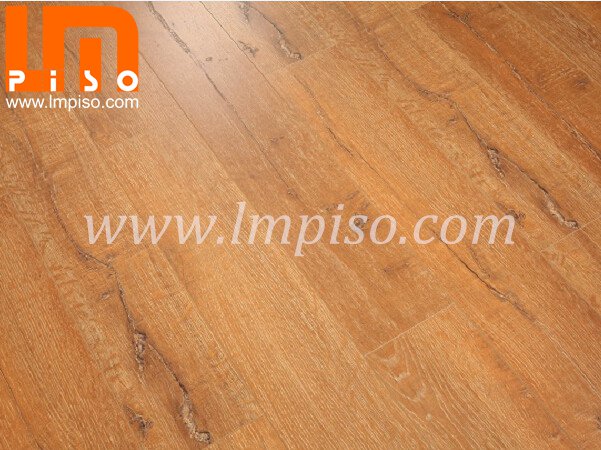Cutting 2 Crack

Modeling forces applied to scissors during cutting of biological materials is useful for surgical simulation. Previous approaches to haptic display of scissor cutting are based on recording and replaying measured data. This paper presents an analytical model based on the concepts of contact mechanics and fracture mechanics to calculate forces applied to scissors during cutting of a slab of material. The model considers the process of cutting as a sequence of deformation and fracture phases. During deformation phases, forces applied to the scissors are calculated from a torque-angle response model synthesized from measurement data multiplied by a ratio that depends on the position of the cutting crack edge and the curve of the blades. Using the principle of conservation of energy, the forces of fracture are related to the fracture toughness of the material and the geometry of the blades of the scissors. The forces applied to scissors generally include high-frequency fluctuations.
Cutting Master does not work with cutters that are not manufactured by GraphTec. Cutting Master 2 Download (Win) Cutting Master 2 Download (Mac) Did you find it helpful? Yes No Can you please tell us how we can improve this article? More articles in Graphtec Vinyl Cutter Series. Graphtec User Manuals - Getting Started. Cutting Planner Pro 7.7.2.0 Crack Download Cutting Planner Pro 7.7.2.0 Crack permits you to thoroughly manage your recyclables and calculate the sizes of the mandatory parts. Put just, it lets you plan forward, check dimensions twice and cut an individual without wasting material, hard work.
We show that the analytical model accurately predicts the average applied force. The cutting model is computationally efficient, so it can be used for real-time computations such as haptic rendering.
Experimental results from cutting samples of paper, plastic, cloth, and chicken skin confirm the model, and the model is rendered in a haptic virtual environment. INTRODUCTION Modeling forces applied to surgical instruments is useful for surgical simulations and surgical planning []. Surgical simulators can provide a safe effective training environment, potentially reducing the use of human cadavers and animals []. Haptic technology is enabling the development of training simulators that allow users to feel tissue through virtual instruments.
Realistic haptic feedback is expected to increase the training effectiveness of surgical simulators [], []. To create realistic haptic surgical simulators, a high-fidelity approach is to calculate forces from physics-based models []. A physics-based model should relate the forces of simulation to either measured properties of a material or sampled force responses directly measured from mechanical interactions [], []. Scissors are possibly the most effective and precise tools for cutting of thin tissues in open and laparoscopic surgery [] and thin objects in daily tasks.
To see this, compare cutting of a sheet of paper using a pair of scissors with that of using a sharp blade. When cutting with a blade, the paper should be firmly held, and it is difficult to make precise cuts. However, when cutting with a pair of scissors, the scissor blades themselves locally hold the paper, making it easy to have precise cuts.
Principialjnuyu shemu zaryadnogo ustrojstva orion pw260. “We tried to preserve a lived-in, believable aesthetic, but with colour.” Nowadays, with Don’t Starve, Subnautica, and Fortnite’s PvE mode,, there are plenty of survival games that steer clear of gritty, po-faced realism when it comes to art.
An interaction between scissors and an object involves two main physical phenomena, local deformation and fracture. As soon as the scissors blades contact the object, the object is locally deformed. When the deformation reaches a certain level, fracture occurs and the object is separated.